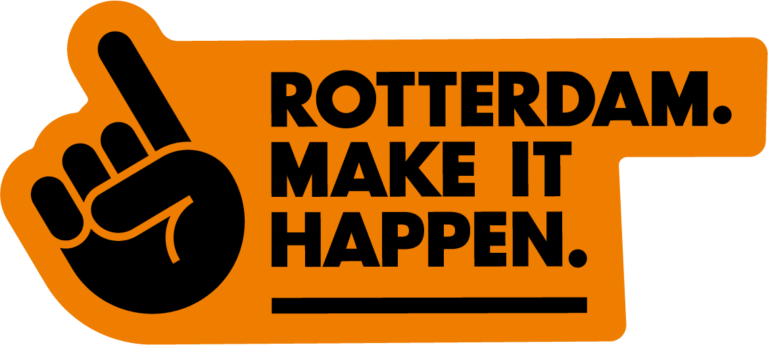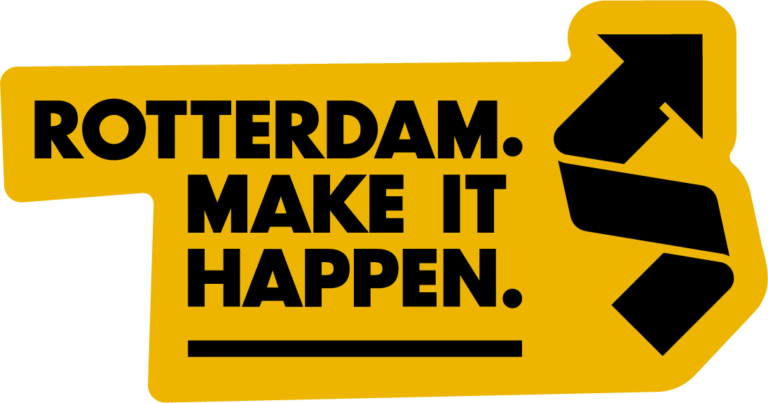Every year, the Nobel season brings with it a beautiful anomaly: it turns scientific knowledge into public debate. For a few days, the world talks about ideas, and economics, for once, headlines the news without being a cause for conflict. Arriving with the first yellowing of autumn leaves, it is my favourite time of the year.
This year’s Nobel Prize in Economics went to Philippe Aghion, Peter Howitt, and Joel Mokyr: two modellers and one historian. Aghion and Howitt formalised Schumpeter’s idea of creative destruction into a theory of innovation-driven growth. Mokyr, using tools rarely found among Nobel laureates, reminds us that progress is also built with words, curiosity, and debate, not just equations.
I want to focus on Philippe Aghion and his unmistakably European outlook, probably the coolest Nobel laureate so far, since his mother, Gabrielle Aghion, a Sephardic Jew who migrated from Alexandria to Paris, founded the fashion brand Chloé. It is a revealing coincidence: his economic thinking, like good design, is about the architecture of systems that allow creativity to flourish. While most growth theories have obsessed over capital accumulation or market efficiency, Aghion focuses on the living fabric of innovation, on what enables societies to reinvent themselves.
Aghion is not an urbanist, but his message is profoundly relevant to our field. He reminds us that innovation and inclusion are not opposites, that we do not have to choose between a dynamic economy and a protective welfare state. This idea resonates strongly with placemaking, which views social cohesion and creative experimentation as two sides of the same coin. European cities, often torn between competitiveness and care, can learn from Aghion’s approach: inclusive systems generate the trust, education, and security that make innovation possible. The model of flexicurity (where losing your job does not mean losing your life) is precisely what makes creative destruction socially sustainable. Cities that embrace this principle can combine dynamism with empathy, progress with belonging.
For placemakers, this insight matters deeply. Building the conditions for creativity and participation to flourish is not only about space design, but about the wider social and institutional frameworks that support it. Aghion’s work gives a macroeconomic backbone to what we observe on the ground: communities innovate when they feel safe, connected, and trusted.
In this sense, the urban task is clear: reward productive inequality and fight unproductive rents. Productive inequality is the temporary reward for creating something new, a company, an idea, a technology that moves the city forward. Unproductive inequality, on the other hand, comes from extraction: monopolies, speculation, or rent-seeking. Cities must protect space for newcomers while limiting the privileges of those who block innovation. Yet this cannot be done by cities alone. It requires smart coordination with national and European policymakers to reach the right equilibrium, one that lets local creativity flourish while keeping markets open and fair. Competition policy, anti-monopoly vigilance, and transparency in strategic areas such as land, infrastructure, or public procurement all depend on that shared effort.
Referring to climate change, Aghion also warns us that innovation is not green by default. Left to itself, the market tends to follow familiar paths. Companies that once innovated in polluting sectors often continue innovating in the same direction. The only way to redirect this trajectory is through a combination of public policy and civil society pressure, an equilibrium of incentives, regulations, and a collective will to consume differently. For cities, this means aligning public procurement, planning, and investment towards clean technologies and, from the citizen side, using our power as consumers. Competition and civic demand together are powerful levers for a green transformation.
For innovation to be truly inclusive, we must also bridge the infrastructure gap that excludes so many from opportunity. This is not only about roads or broadband, but also about parks, green spaces, education, housing, childcare, and mobility: the physical and social foundations that allow people to participate in the innovation economy. Aghion’s research on the “lost Einsteins” shows that many potential inventors never emerge simply because they were born in the wrong family or neighbourhood. The same happens in cities: talent is not evenly distributed in outcomes, but the potential for creativity is widely spread, while access, especially through social infrastructure, is not. Building inclusive infrastructures is the most direct investment in the creativity of the future.
Finally, inclusion also means sharing the benefits. If innovation creates value, that value must circulate, not only through taxes and transfers, but through new forms of ownership. Expanding employee shareholding, supporting cooperatives, or fostering community participation in urban projects allows citizens to see themselves not as spectators of change, but as co-owners of it. Cities thrive when the creation and distribution of wealth reinforce each other.
Ultimately, Aghion’s message, which European cities and placemaking practitioners can both draw inspiration from, is as simple as it is radical: progress is not a zero-sum game. A city can be innovative and inclusive, dynamic and fair, competitive and compassionate at the same time. What matters is not choosing a side, but designing the institutions, spaces, and cultures that make both possible. Across Europe, our task is to turn creativity into innovation while maintaining models of care that leave no one behind. Cities reach their greatest splendour when they welcome not only those who already create wealth, but also those still striving to do so.







